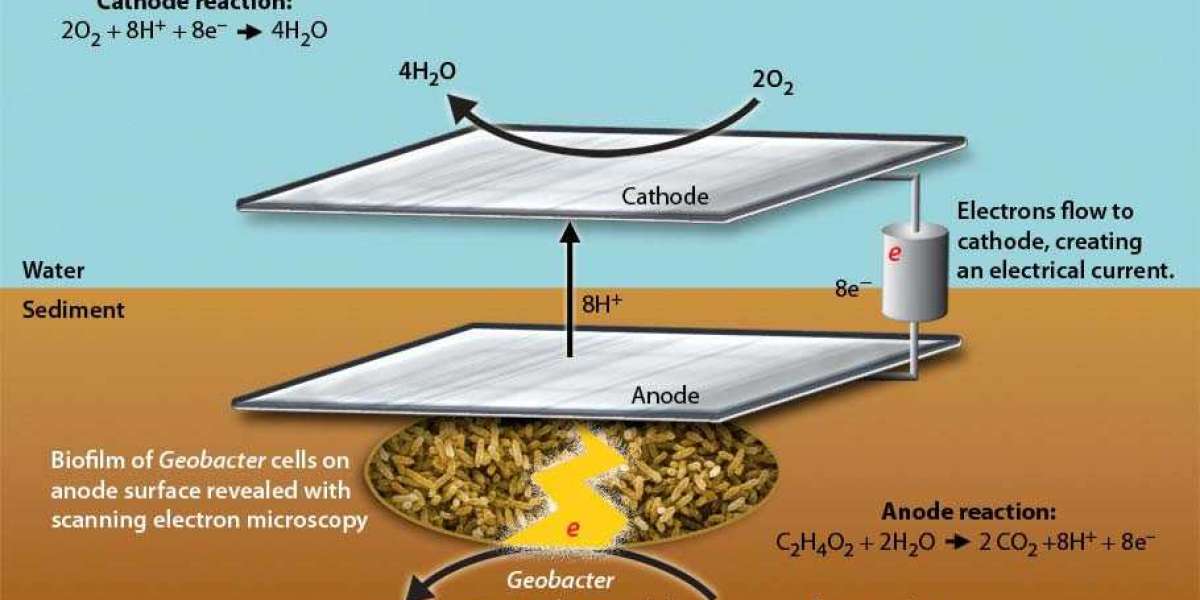Introduction
Offshore substations are crucial components in the development and operation of offshore wind farms and other marine energy projects. These substations collect electricity generated by offshore turbines, step up the voltage for transmission, and deliver power to onshore grids. With the global push for renewable energy and the expansion of offshore wind capacity, offshore substations are becoming increasingly important for reliable and efficient power transmission. Technological advancements, modular designs, and floating substation concepts are reshaping the market, enabling developers to exploit deeper waters and harsher offshore environments.
Market Drivers
The key driver of the offshore substation market is the rapid growth of offshore wind projects globally. Countries in Europe, Asia-Pacific, and North America are investing heavily in offshore renewable capacity, creating demand for high-capacity and technologically advanced substations. Government incentives, renewable energy targets, and the need to reduce carbon emissions further support market growth. Offshore substations help optimize energy transmission efficiency and reduce losses, which is critical for the profitability and reliability of offshore wind farms. The rising adoption of high-voltage direct current (HVDC) technology is also driving demand, enabling long-distance power transmission from remote offshore locations.
Market Challenges
Despite their importance, offshore substations face challenges. High capital costs, including design, fabrication, installation, and maintenance, are significant barriers. Harsh marine conditions, such as strong winds, waves, and saltwater corrosion, pose operational risks and increase maintenance requirements. The complexity of integrating substations with onshore grids and offshore turbines demands careful planning and engineering expertise. Regulatory approvals, environmental impact assessments, and grid connection delays can extend project timelines. Additionally, the supply chain constraints for specialized materials and offshore construction vessels can impact project execution.
Market Segmentation
The offshore substation market can be segmented by type, voltage level, and application.
- By Type: Fixed-bottom substations dominate shallow waters, while floating substations are emerging as solutions for deepwater and ultra-deepwater projects. Floating designs provide flexibility and scalability.
- By Voltage Level: Low-voltage, medium-voltage, and high-voltage substations. High-voltage substations are critical for large offshore wind farms to minimize transmission losses.
- By Application: Offshore wind energy, tidal energy, and hybrid offshore energy projects. Offshore wind remains the largest application, with tidal and hybrid projects still in early stages of adoption.
Regional Insights
Europe leads the offshore substation market due to its early adoption of offshore wind energy and well-established supply chains. Countries like the U.K., Germany, and the Netherlands have numerous offshore wind farms requiring substations. Asia-Pacific, led by China, Taiwan, and Japan, is rapidly expanding its offshore wind capacity, driving strong market growth. North America, particularly the U.S., is emerging as a key market with new offshore wind projects along the East Coast. In other regions such as the Middle East and Africa, offshore renewable projects are in nascent stages, but investments are expected to increase in line with renewable energy commitments.
Key Market Trends
Several trends are shaping the offshore substation industry. Floating substations are gaining traction, enabling deployment in deeper waters where fixed-bottom designs are impractical. Modular and standardized designs reduce construction costs and installation timelines. Advanced monitoring and predictive maintenance systems are being implemented to enhance reliability and reduce downtime. Integration with HVDC technology is enabling efficient long-distance electricity transmission from offshore farms to onshore grids. Additionally, renewable energy developers are exploring hybrid substations capable of handling multiple offshore generation sources, such as wind, solar, and tidal energy, to optimize power output.
Future Outlook
The offshore substation market is poised for significant growth over the next decade. With global offshore wind capacity expected to rise substantially, demand for high-capacity and technologically advanced substations will increase. Floating and hybrid substations will play a key role in enabling projects in deepwater and remote locations. Technological advancements, cost optimization, and government incentives will make offshore substations more accessible and efficient. The market will continue evolving with stronger emphasis on sustainability, reliability, and integration with smart grid infrastructure.
Conclusion
The offshore substation market is a cornerstone of offshore renewable energy development, ensuring reliable and efficient power transmission from offshore turbines to onshore grids. While challenges such as high costs, marine conditions, and regulatory complexities exist, market growth is driven by increasing offshore wind capacity, technological innovations, and policy support. Offshore substations will continue to evolve, supporting the global transition toward clean and sustainable energy.







